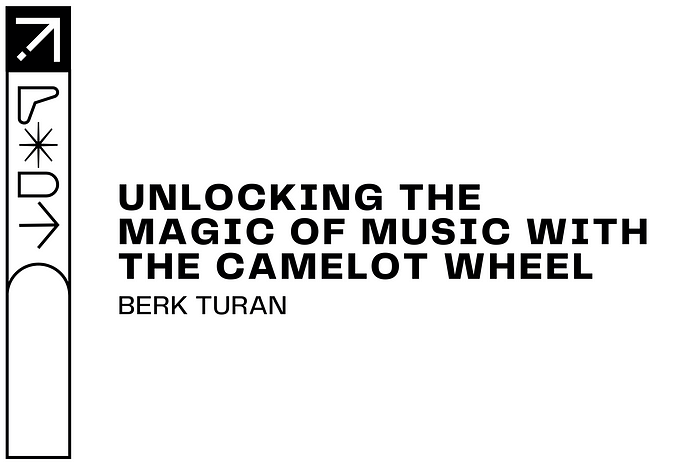Unlocking the Magic of Music with the Camelot Wheel

In the world of music, understanding the relationship between different keys and harmonies is a fundamental skill for any musician, DJ, or producer. While music theory can be complex and intimidating, the Camelot Wheel offers a simple and intuitive approach to mixing and transitioning between songs with different keys. Whether you’re a seasoned performer or a budding music enthusiast, the Camelot Wheel can be a powerful tool in your musical arsenal.
What is the Camelot Wheel?

The Camelot Wheel, also known as the Camelot System or the Circle of Fifths Wheel, is a visual representation of the 12 musical keys. It was popularized by Mixed In Key, a software used by DJs and producers to detect the key of a song. The wheel arranges the keys in a circular pattern, making it easy to identify compatible keys for mixing or harmonic progression.
The Structure of the Camelot Wheel
The Camelot Wheel consists of 12 segments, each representing a specific musical key. Each segment is identified by a unique combination of a letter and a number. The letter represents the musical mode (major or minor), while the number represents the pitch class.
For example:
- 1A: C major
- 8A: A-flat major
- 5B: E minor
- 12B: B-flat minor
The outside of the wheel usually displays the major keys, while the inside shows the relative minor keys. This organization allows for quick identification and pairing of compatible keys.
Understanding the Magic Behind the Wheel
The genius of the Camelot Wheel lies in its harmonic relationships. Moving clockwise or counterclockwise by one position on the wheel corresponds to changing the key by one semitone, which is the smallest interval in Western music.
- Harmonic Mixing
The Camelot Wheel is highly popular among DJs for harmonic mixing. Harmonic mixing involves mixing or blending songs that are in compatible keys, creating smooth and pleasing transitions between tracks. By selecting songs with keys that are close to each other on the wheel, DJs can mix tracks seamlessly without causing musical clashes.
For example, a DJ can transition from 8B (F-sharp major) to 9B (G-sharp major) or 7B (E major) for a harmonic blend, ensuring the overall musical journey flows seamlessly.
2. Transposing
The Camelot Wheel is also useful for transposing music. Transposing involves shifting a song to a different key while maintaining the same musical structure. Musicians can use the wheel to find the key that suits their vocal range or the instrumentation of their instruments, enabling them to perform songs in different tonalities without altering the chord progressions or melodies.
Why Use the Camelot Wheel?
- Simplicity: Unlike traditional music theory, the Camelot Wheel offers a straightforward and accessible approach to understanding key relationships, making it easy for musicians of all levels to apply it practically.
- Speed and Efficiency: When performing live or preparing a DJ set, time is of the essence. The Camelot Wheel allows artists to make quick and informed decisions about which tracks will blend well together.
- Enhanced Creativity: By taking away the complexities of traditional music theory, the Camelot Wheel empowers artists to experiment with different key combinations and explore new and innovative harmonic progressions.
The Camelot Wheel is a valuable tool for any musician or DJ looking to enhance their mixing and harmonic skills. Whether you’re aiming for seamless transitions in a DJ set or exploring new key variations for musical compositions, this simple yet powerful system can unlock the magic of music and take your creative journey to new heights. So, hop on the Camelot Wheel, and let the musical adventure begin!
You can reach all my social media accounts and releases by using my Linktree link.
Have a great day!
